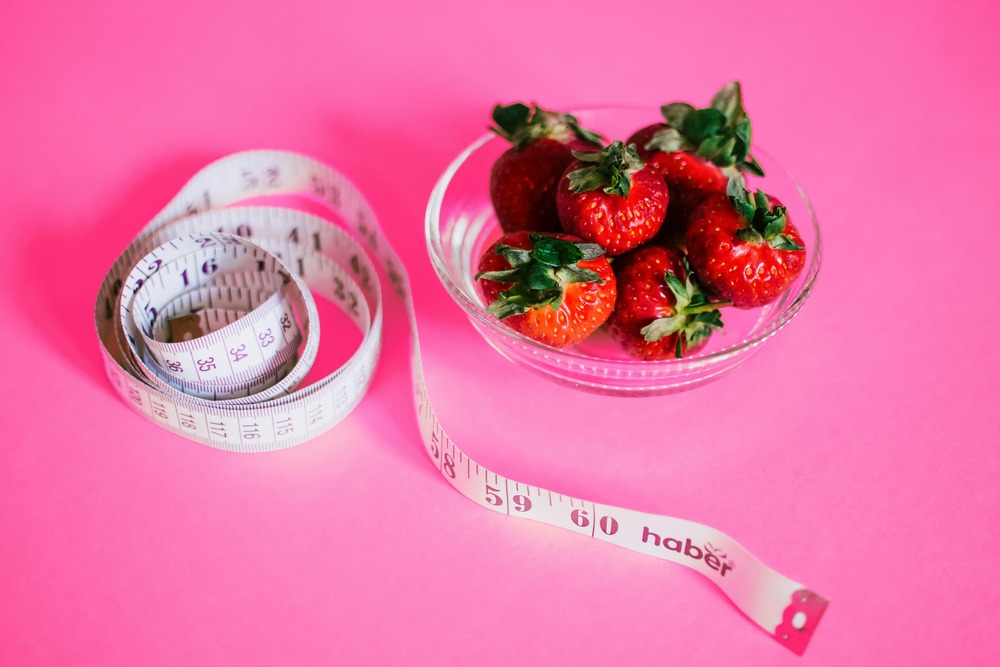Experiencing nipple pain is a common concern for many women, and it can stem from a variety of causes. Nipple pain, or mastalgia, refers to any discomfort in the nipple area, and understanding its origins is crucial for effective management. This article delves into the various reasons behind nipple pain, offering insights into symptoms, potential treatments, and when to seek medical advice.
Understanding Nipple Pain
Identifying the cause of nipple pain is essential for finding relief. Below, we explore 12 common causes of nipple pain, along with their symptoms and potential remedies.
1. Hormonal Changes
Hormonal fluctuations throughout a woman's life can significantly impact breast and nipple sensitivity.
- Puberty: The onset of puberty triggers breast development, often leading to tenderness in the nipples.
- Menstrual Cycle: During ovulation, increased levels of estrogen and progesterone can cause nipple soreness. Conversely, just before menstruation, hormonal shifts can also lead to discomfort.
- Menopause: The transition to menopause brings about erratic hormone levels, which can result in various physical symptoms, including nipple pain.
| Hormonal Changes | Symptoms |
|---|---|
| Puberty | Tenderness in nipples |
| Ovulation | Soreness due to hormonal spikes |
| Menstruation | Discomfort from hormonal fluctuations |
| Menopause | Various physical symptoms, including nipple pain |
2. Pregnancy and Breastfeeding
Pregnancy brings about significant hormonal changes, leading to increased breast size and sensitivity.
- Pregnancy: Elevated estrogen and progesterone levels can cause painful and sensitive nipples.
- Breastfeeding: Pain during breastfeeding can occur if the baby is not latched correctly. To alleviate discomfort, ensure the baby has a wide mouth when latching and gently remove them from the nipple after feeding.
3. Dry Skin
Dryness in the nipple area can lead to chapping and discomfort.
- Causes: Loss of moisture, often exacerbated by breastfeeding, can lead to dry, cracked skin.
- Remedies: Regular application of a gentle moisturizer can help maintain skin hydration.
4. Friction & Chafing
Friction from clothing or physical activity can lead to nipple pain, commonly referred to as "jogger's nipple."
- Causes: Poorly fitted bras or lack of support during physical activities can cause irritation.
- Prevention: Opt for well-fitted sports bras made from moisture-wicking materials and consider using protective products like nipple shields.
| Activity Type | Risk Factors | Prevention |
|---|---|---|
| Running | Poorly fitted bras | Use sports bras |
| Surfing | Lack of protection | Wear nipple guards |
| General Exercise | Friction from clothing | Choose appropriate fabrics |
5. Chest Injury
Injuries to the chest area can lead to nipple sensitivity.
- Examples: Trauma from seat belts during accidents or falls can cause pain.
- Healing: Most injuries will heal over time, with symptoms subsiding as swelling decreases.
6. Allergic Reactions
Nipples can react to various allergens, leading to discomfort.
- Symptoms: Redness, itchiness, and chapping can occur due to reactions to soaps, lotions, or fabrics.
- Management: Identifying and avoiding allergens is key to preventing reactions.
7. Inflammation
Inflammation can arise from various factors, including breastfeeding techniques.
- Symptoms: Soreness, redness, and swelling may indicate inflammation or infection.
- When to Seek Help: If symptoms persist or worsen, consult a healthcare professional.
| Symptoms Requiring Medical Attention | Possible Conditions |
|---|---|
| Flu-like symptoms | Infection or mastitis |
| Discharge or bleeding | Possible infection |
| Unusual lumps | Potential malignancy |
| Redness or warmth | Inflammation or infection |
8. Thrush or Candidiasis
Thrush, caused by a yeast infection, can lead to significant nipple pain.
- Symptoms: Burning or stinging pain, often accompanied by flaky or cracked nipples.
- Treatment: Antifungal medications can effectively treat the infection.
9. Eczema and Contact Dermatitis
Eczema can develop on the nipple area, leading to discomfort.
- Symptoms: Burning sensations and irritation.
- Management: Avoid irritants and keep the area moisturized. Topical treatments may be prescribed by a doctor.
10. Raynaud's Syndrome
This condition can cause intense nipple pain, particularly in cold environments.
- Symptoms: Pain immediately after feeding, often accompanied by color changes in the nipples.
- Management: Warm compresses and gentle massage can help improve blood flow.
11. Breast Cancer
While nipple pain is not always indicative of breast cancer, it can be a symptom.
- Importance of Awareness: If nipple pain persists without an obvious cause, it’s crucial to consult a healthcare provider for evaluation.
12. Paget's Disease
Paget's disease is a rare condition associated with breast cancer, characterized by changes in the nipple.
- Symptoms: Redness, crusting, and sensitivity in the nipple area.
- Treatment: Surgical options may be necessary, depending on the severity of the condition.
Conclusion
Nipple pain can arise from a multitude of causes, ranging from hormonal changes to more serious conditions like breast cancer. Understanding the underlying reasons for nipple pain is essential for effective management and treatment. If you experience persistent or severe nipple pain, it is crucial to consult a healthcare professional for a thorough evaluation and appropriate care.
When to Seek Medical Attention
If you experience any of the following symptoms, it is important to seek medical advice:
- Persistent pain that does not improve
- Unusual discharge or bleeding
- Signs of infection (redness, warmth, swelling)
- New lumps or changes in breast tissue
By being aware of the potential causes and symptoms of nipple pain, you can take proactive steps towards maintaining your breast health. Remember, early intervention is key to addressing any underlying issues effectively! 🌸




